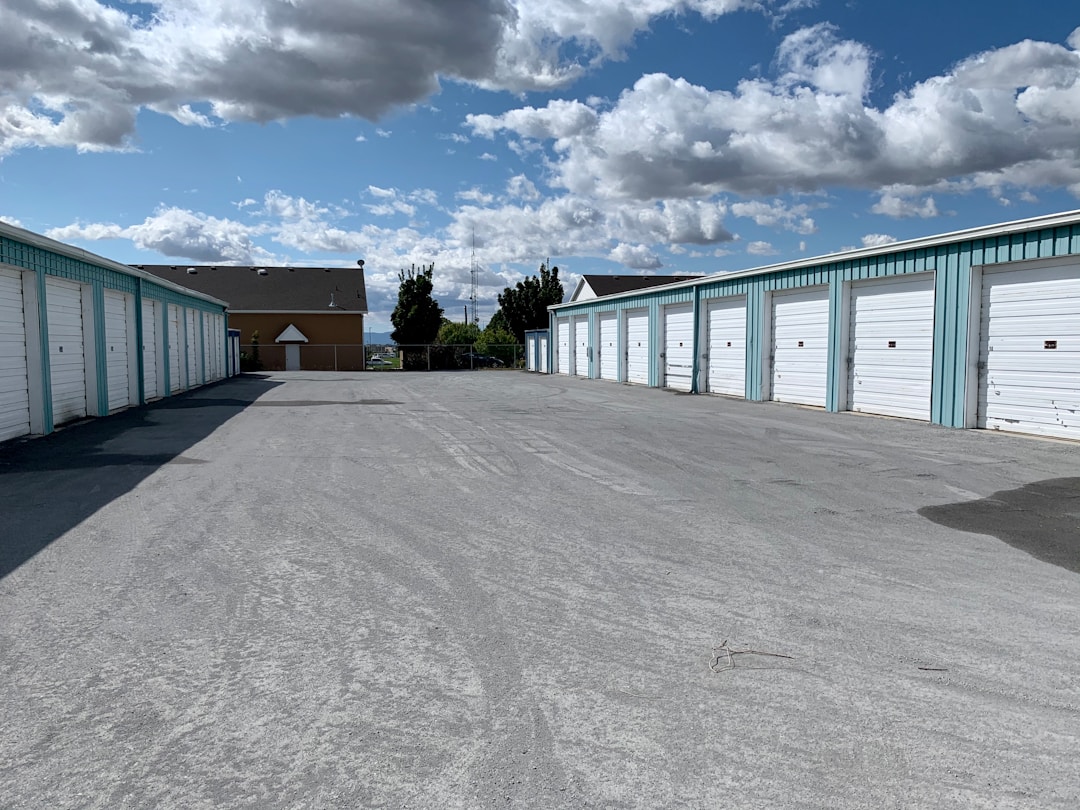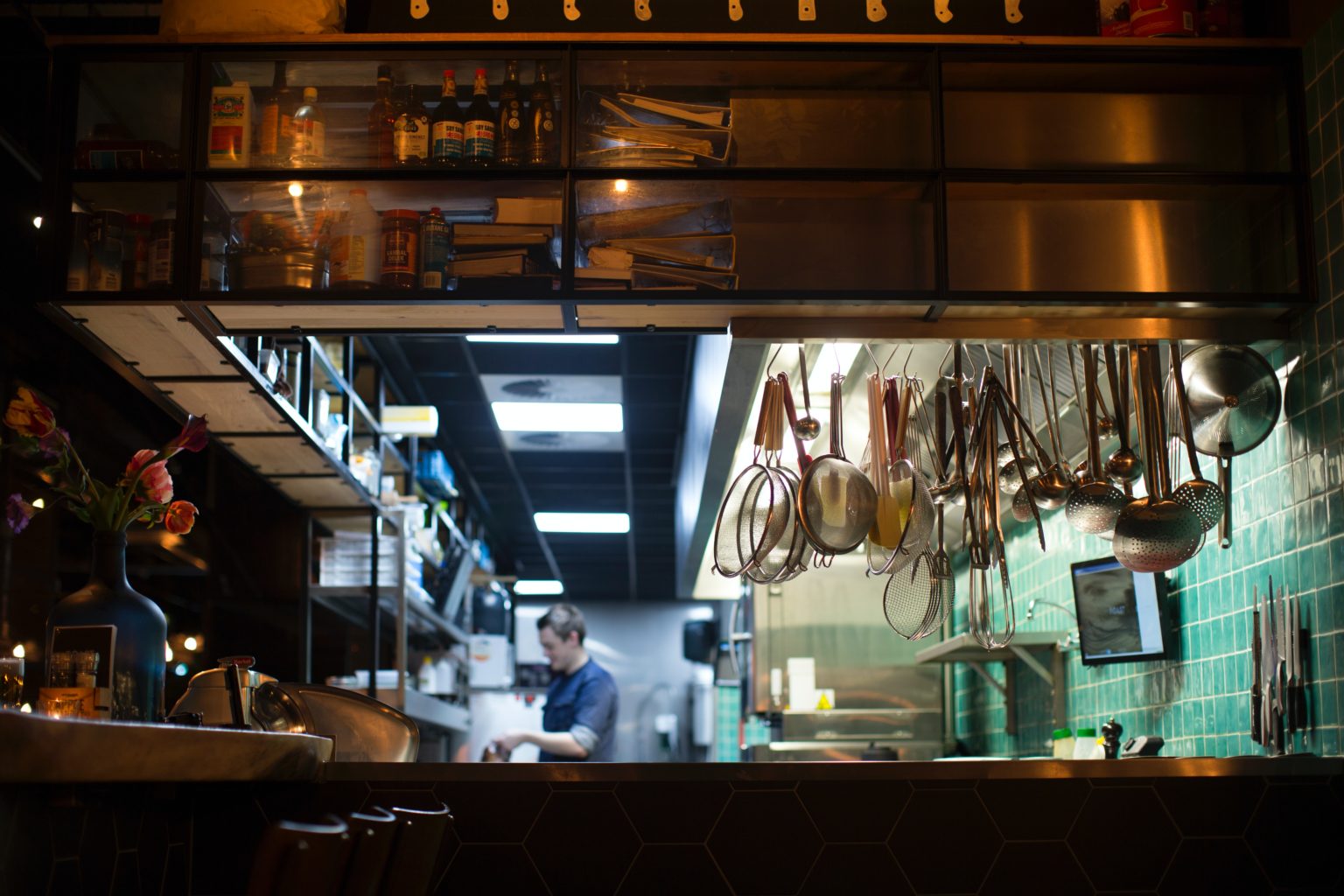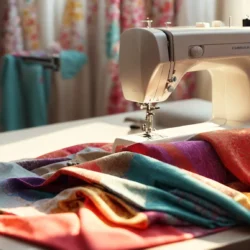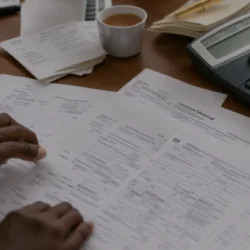Restaurants need equipment to ensure their chefs can prepare food correctly. The storage conditions make the difference between preserving food and having food go bad or be contaminated. Without superior equipment, restaurants may struggle to produce the best meals for their customers.
Upgrading restaurant equipment can be an expensive and disruptive process. Using these tips will help you conserve costs and simplify the process of upgrading your restaurant equipment.
Identify your priorities.
The first stage of any upgrade project involves setting your priorities. Prioritize replacing damaged equipment to ensure your kitchen complies with Occupational Safety and Health Administration (OSHA) regulations. This can prevent your kitchen from being shut down or receiving a bad report during an inspection. It also ensures you protect your employees and customers.
Next, consider if you have new needs that require new equipment. For example, if you started out selling pasta dishes and have moved into sandwich sales, you may need a sandwich prep table to meet the demand from new menu items. If you’ve moved from serving burgers and fries to selling fresh salads, a salad prep table may be a priority.
Once you’ve noted the equipment you need and damaged equipment you should replace, consider which equipment will optimize your staff team’s performance. Equipment that makes it easier for your kitchen crew to do their jobs will improve morale and show your kitchen staff you understand their priorities.
Find reliable equipment suppliers.

Find a kitchen equipment supplier who sells the equipment you need, including sandwich prep tables, salad prep tables, pizza prep tables, and stainless steel work tables. Please review their terms of service and refund policy to ensure you understand the terms of sale before you buy. Reputable kitchen equipment suppliers offer excellent customer service and free shipping. You can review product specifications on their website to ensure each piece of equipment fits your available space before you order. It’s a good idea to look for suppliers who also sell other critical restaurant equipment, such as freezers and refrigerators. Keeping your account with one supplier will ensure you build a good long-term relationship with your supplier, who will develop a clear understanding of your business needs.
Secure the financing you need.

Restaurant equipment is expensive, but you must consider the long-term payoff from investing in the correct equipment. Ideal equipment provides appropriate storage space. Many prep tables come with shelves under the work surface or have storage space secured with a door to protect the contents from being contaminated or lost. Easy access to storage space reduces prep time because staff won’t have to search throughout the kitchen for the things they need to complete their tasks.
Some equipment suppliers offer to finance merchandise for customers. You can also apply for small business loans to secure funds for new equipment.
Offset your costs by selling old equipment.

You can recoup part of the cost of new equipment by reselling your old equipment. From soup kitchens to startups, there are plenty of potential buyers who may be interested in used restaurant equipment. Google “storage places near me” to find storage facilities in your area. A storage facility locator site enables you to enter your zip code and review a list of storage facilities nearby. Each facility listed is shown on a map, enabling you to assess its location for convenience. You can access rate information, as well as general information about each facility. Some may offer small, medium, and large storage units. You may also look for storage with climate control to ensure you aren’t storing stainless steel tables in a self-storage unit with high humidity levels.
Moving your old equipment offsite ensures it’s out of the way so that you can install your new equipment. You can take time to clean up the equipment, photograph it, and list the equipment for sale. You’ll also reduce unnecessary foot traffic at your restaurant by showing the equipment to potential buyers in an offsite location. Many storage facilities have security systems or staff on site 24 hours a day, ensuring your belongings are safe.
Upgrading your kitchen equipment begins with identifying your needs and locating new equipment to meet those needs. Once you’ve secured the financing, you can order your equipment and move old equipment to storage. Reselling old equipment can help you reduce the cost of replacing your equipment.






